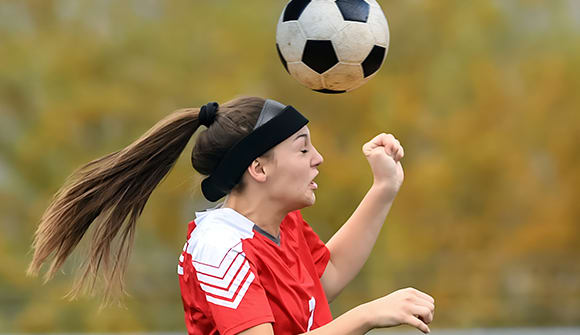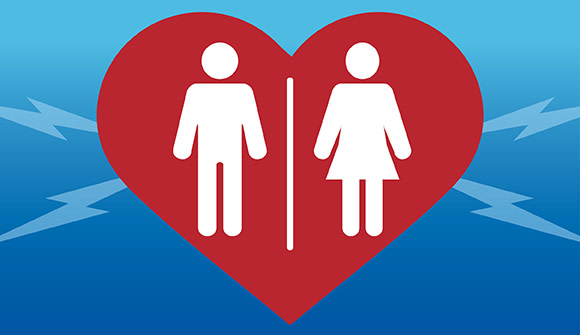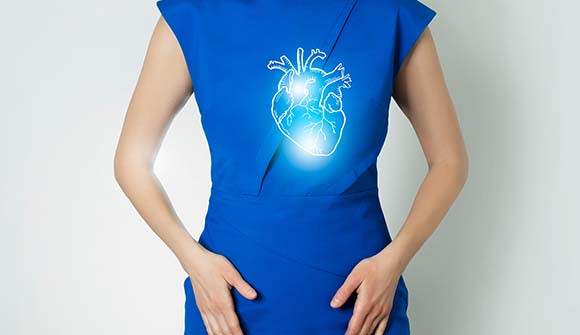Head-on concussion
New study looks at the impact of this serious brain injury in women.
Article Author: Johnny Woodhouse
Article Date:

Two of the most well-known women’s soccer players in U.S. history, Michelle Akers and Brandi Chastain, are taking part in a landmark study into the possible effects of soccer-related collisions and concussions.
Known as SHINE (Soccer, Head Impacts and Neurological Effects), the new study will follow an estimated 20 former female soccer players over the age of 40 who played for a minimum of five years, from high school to the pros.
The long-term study, funded by the Concussion Legacy Foundation and the National Institute on Aging, will evaluate the cognitive functions of the 20 study participants over time and include periodic brain MRI exams, according to a recent report by CBS This Morning.
“What we are concerned about are all those subtler, repeated hits that we refer to as sub-concussive trauma,” said Robert Stern, MD, a professor of neurology and neurosurgery at Boston University’s College of Medicine who is leading the study.
According to a 2012 study by the American Medical Society for Sports Medicine, data suggests that in sports with similar rules like soccer, female athletes sustain more concussions than their male counterparts. One reason, the study said, was that women have less neck strength than men when it comes to heading the ball. Hormone changes may also influence concussion risk in women, the 2012 study found.
Concussions can produce an array of symptoms, including headache, confusion, nausea and dizziness, and recovery is a highly variable process, said Michael Yorio, MD, a sports medicine specialist with Jacksonville Orthopaedic Institute (JOI).

“Every concussion is unique and everyone’s brain is subtly different,” said Dr. Yorio, who manages the JOI Concussion Program. “The part of the brain affected with each injury can vary, and the severity of the impact can be different as well.”
Brittni Souder, a member of the board of directors of PINKconcussions.com, a non-profit for women and girls challenged by brain injury, including concussion incurred by sport, violence, accident or military service, had six documented concussions during her four-year college soccer career, including three in a two-month span when she was a 19-year-old sophomore.
“That was the start of my descent,” Souder told her hometown newspaper. “I ended up getting another concussion my senior year which ended my career and started me on the path of concussion awareness.”
Now a substitute teacher and private soccer coach, Souder, 27, underwent two peripheral nerve surgeries while in college to help curb constant headaches. She still battles symptoms related to post-concussion syndrome. “It took me a couple of years to make that connection. I thought I was being strong and pushing through [the pain], but the part that took real strength was walking away [from the game].”
Akers, now 53, said she has suffered from migraines for decades. Chastain, 51, told CBS that she has “occasional memory lapses.” These star athletes are not sure if their lengthy playing careers have put them at a higher risk for brain disease down the road, but both have agreed to posthumously donate their brains to science for further testing.
“This is the first time they are looking at female soccer players – female brains – and it’s important to have this conversation,” Akers told ESPN.com. “This needs to be looked at equally for women and men, and until now, it hasn’t been.”
To learn more about concussions in sports and how to reduce the risk of head injuries, visit Jacksonville Orthopaedic Institute or call 904.346.3465.



